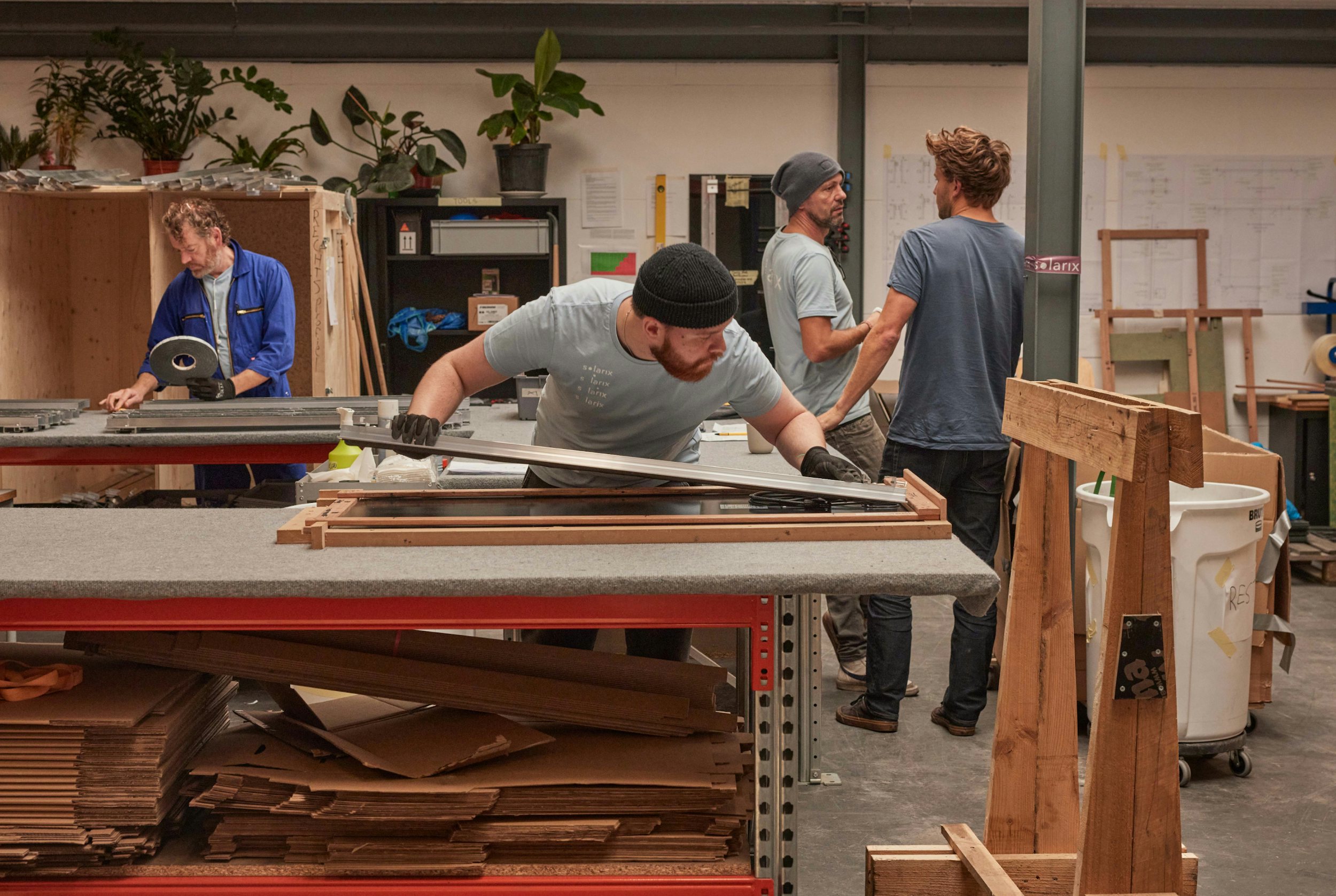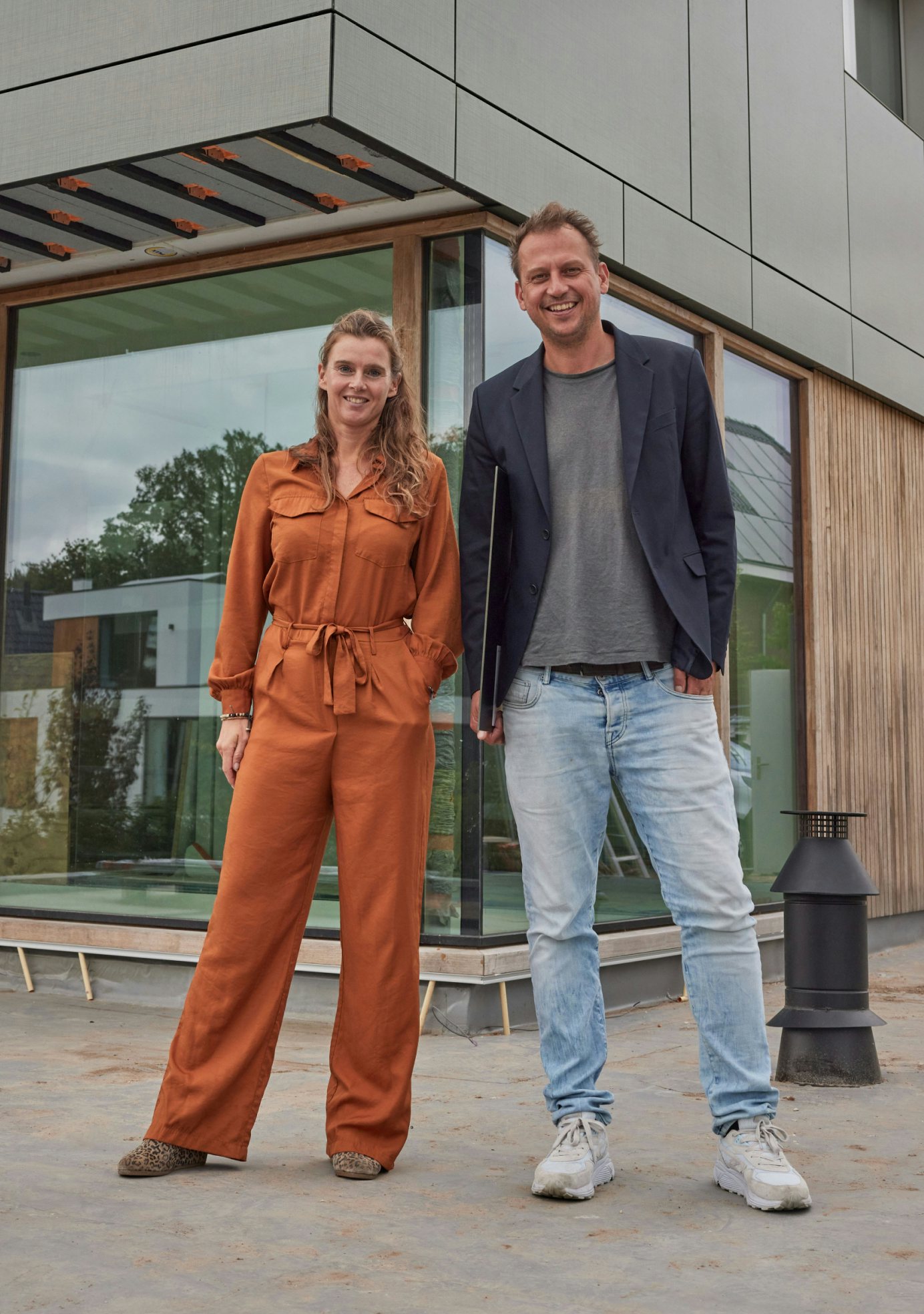
Solarix
Reinier Bosch and Marloes van Heteren
Solarix designs and produces aesthetic solar panels as façade cladding. With a unique colour technology, design collection and custom mounting system, their solar solution allows architects to freely design building façades. In this way they are bringing two markets together that normally operate completely independently of each other; the construction and solar industries.
Solar panels on roofs are usually unattractive and fail to provide enough power to achieve energy-neutral buildings and cities. Building façades offer a huge unutilized surface for capturing solar energy, but they also need to look attractive.
Solarix evolved from the joint ambition of Reinier Bosch (product designer, artist) and Marloes van Heteren (architect). For this interview we spoke with Marloes about the importance of aesthetics and energy-generating façades within the energy transition.
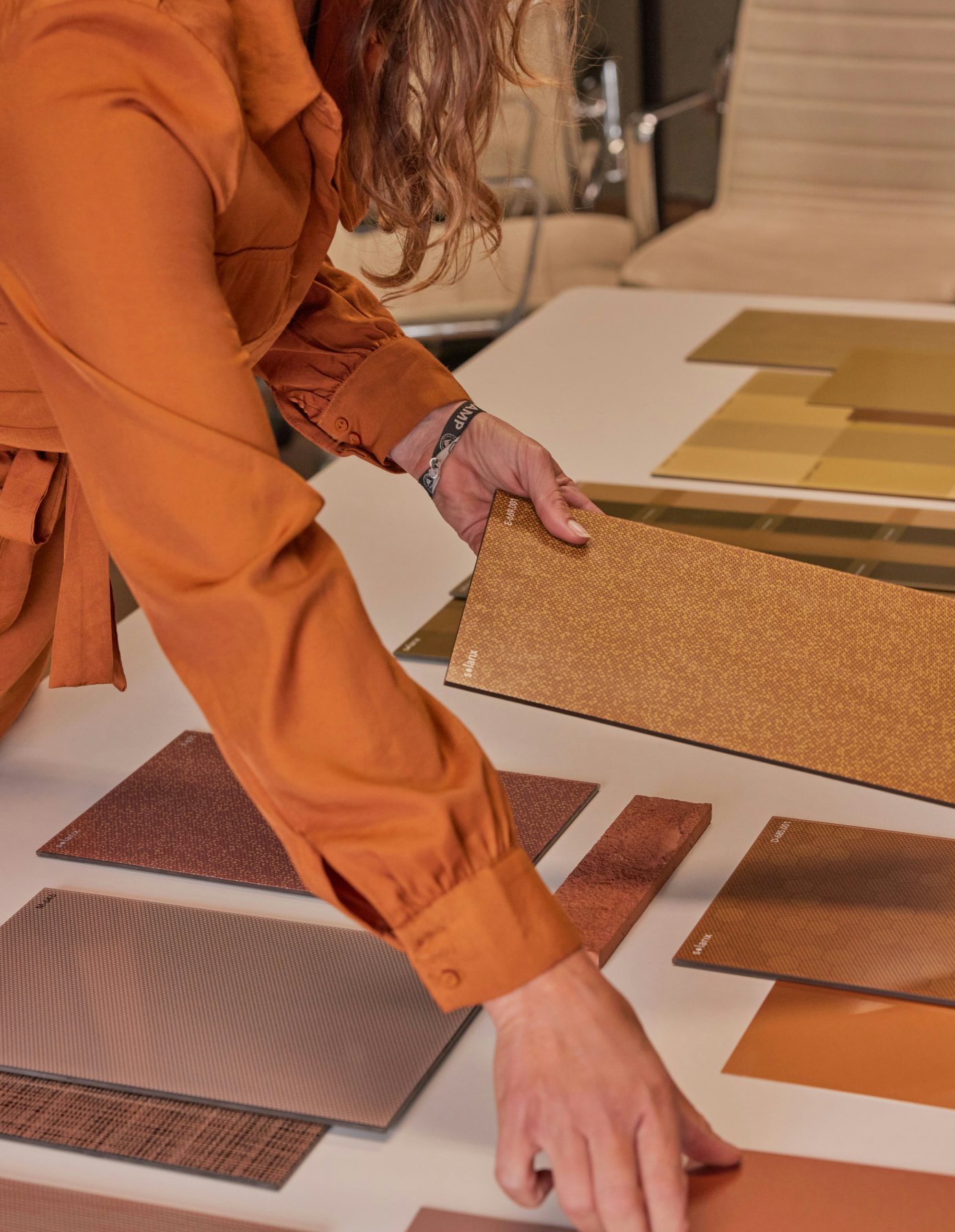
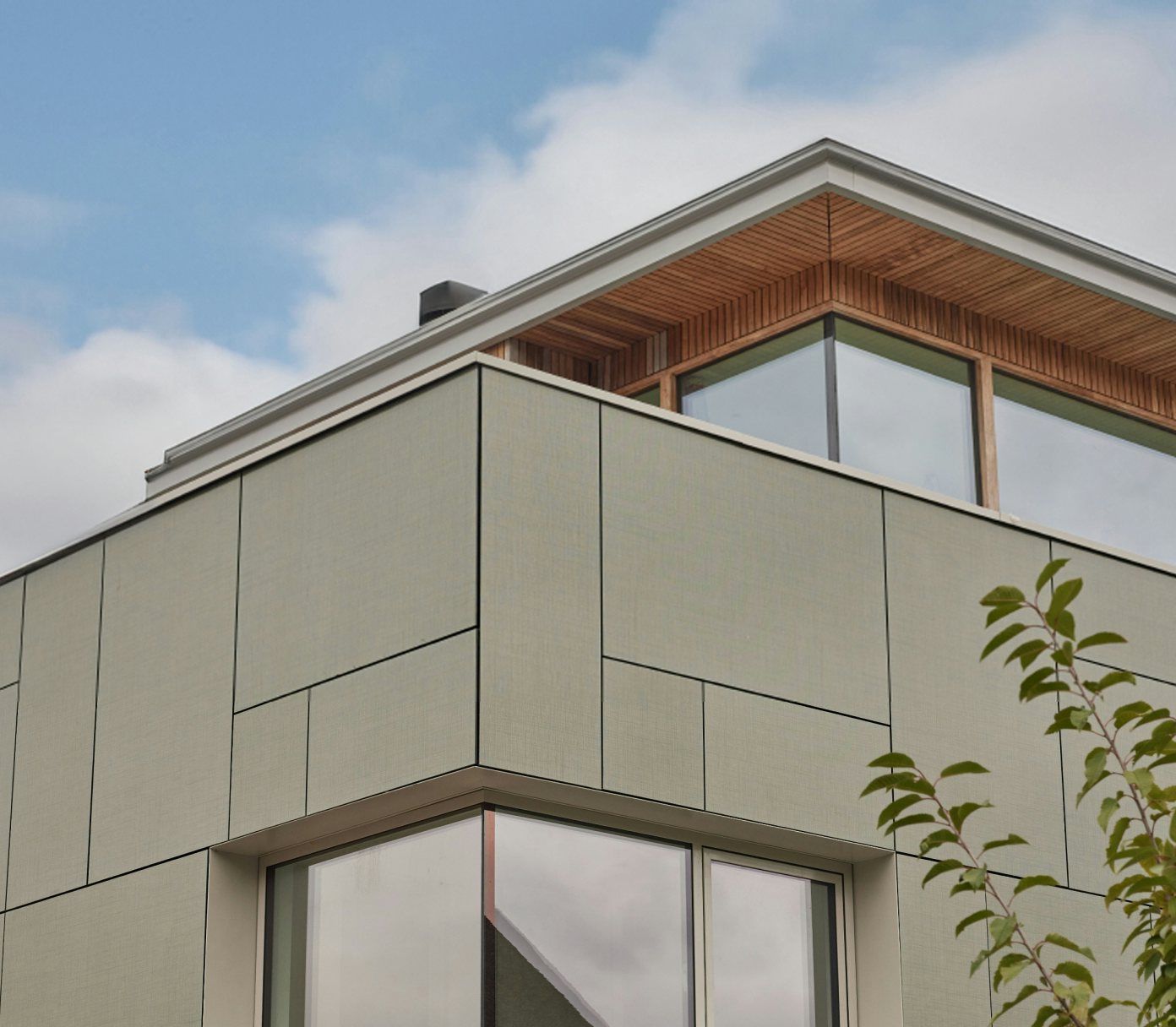
Photography: Anouk Moerman
Film: Blickfänger
Hi Marloes, what drives you as a person, and how do you see your role as a designer in the world? What do you want to create?
I come from an average family where both my parents were teachers, and sustainability did not play a major role at home. The importance of sustainability only started dawning on me when I studied architecture at the TU in Delft. I wanted to become an architect and I spent all my time thinking about how to design the built environment around us. At the time, sustainability still had a slightly left-wing, hippie connotation, but when I got my first job, I ended up in a world of people who were already integrating sustainable principles into their daily work. They thought about greenery in the city, water collection systems, sustainable materials, reuse and modular construction. I became involved with the group of people who set up De Groene Bocht, the first sustainable business complex in Amsterdam. This made me increasingly aware of what is going wrong in the world. I became a vegetarian, and I am now completely vegan. Since my daughter was born, things have really changed for me. I have a responsibility to leave the planet in good shape for our children and feel the urgency to take action now.
So, you want to leave the world a better place for your children. You remained in the construction sector. Can you tell us about the specific challenge you decided to tackle in that industry?
When I had my own architectural firm, we worked on an assignment for the redevelopment of the Adam Tower in Amsterdam, to generate as much energy as possible using the building itself. The roof was too small to install solar panels, but the façade was perfectly exposed to the sun. I saw opportunities there, but at that time there were no products available that allowed designers to use façades to generate energy but still look attractive. That made me think: this product needs to happen.
In the meantime, I had also met Reinier. He was trained as a designer at the Design Academy and worked on energy-generating materials from a different perspective. We decided to develop energy-generating façade panels together. We saw a huge opportunity to use design to create a product that makes a real difference and can accelerate the energy transition.
Accelerating the energy transition with façade cladding. Can you paint a picture of that industry, what do the worlds of solar panels and construction look like?
When we started, in 2015-2016, the range of available solar panels consisted of two options: black or blue. These were only suitable to mount on roofs. They were available in standard sizes and the market was laser-focused on standardization and cost reduction. With a bit of luck, you could sometimes fix a roof panel to a façade, but it certainly didn't look good. Aesthetics and design played no role in this market.
In 2018, we outfitted the first interactive, energy-generating design façade in the world.
So, you set out to improve the standard use and appearance of solar panels on buildings. How did you go about achieving those goals?
We started by developing beautiful solar façade panels in various sizes and colours, which would also generate a lot of energy. This way we knew we could seduce designers and architects, because by offering different sizes you can design freely. We also started working with colour and developed different colour palettes. Thanks to business maverick Aukje Kuijpers, we were given the opportunity to demonstrate a proof of concept with our façade panels. In 2018, we outfitted the office of her company Kuijpers with the first interactive, energy-generating design façade in the world. That was a success and gave us the confidence to start Solarix as a company.
Our current collection is a candy store of delights for architects and designers.
You say that Solarix offers different sizes and colours. Is that what sets Solarix apart? What exactly does your solution look like?
A façade panel is a flat plate, a kind of tile, that consists of a front glass plate, a layer of solar cells and a rear glass plate. We can add colour to that front glass plate using our unique colour technology. In recent years we have also developed a unique mounting system, which makes installing the panels easier.
From day one we knew we wanted to bring an attractive product to the market, something that professionals and consumers really want for their building. A solar panel is a tough and technical product. We wanted to add an aesthetic and soft quality to it.
Together with our team of designers, we have put a lot of energy into the colour development and the texture of our product, the feeling that the product elicits. This has made us popular with architects, who are always looking for beautiful materials for their projects. Our current collection is a candy store of delights for architects and designers.
We first served the higher end of the market with our products in a wide range of colours and customised panel options. But we have gone through a transition in recent years. Today we also offer a standard collection, with fewer options but therefore at a sharper price point. An interesting development is that legacy real estate renovation projects need to be become far more sustainable. In terms of aesthetics and heritage properties, there is a lot of resistance to using standard black panels on beautiful old buildings, so we are also interesting for that market. We now offer a terracotta-coloured panel for roofs, for example, to make 1930s homes more sustainable.
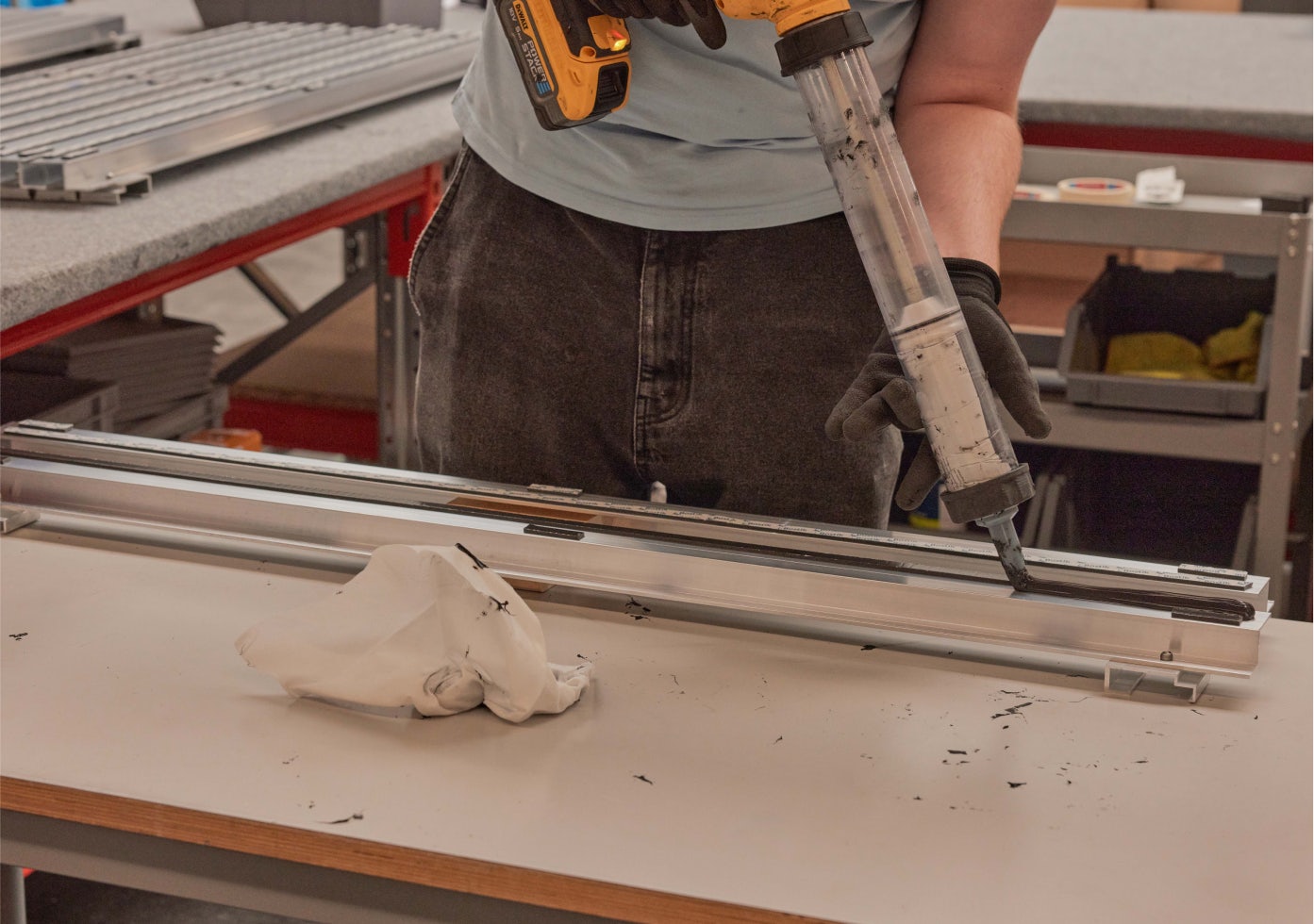
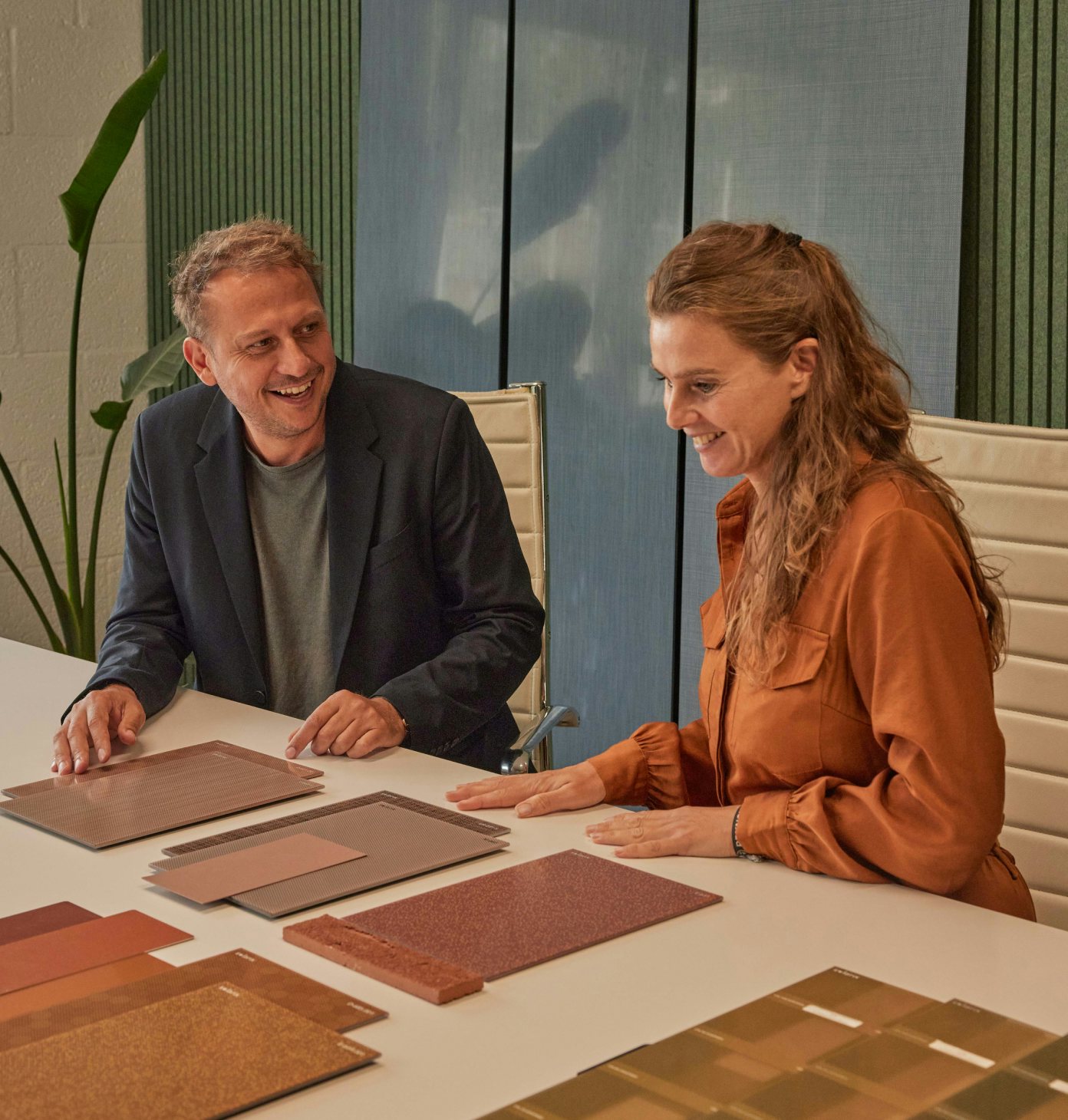
Is Solarix unique in the market offering both customization and a standard collection?
Our product is unique in terms of colour technology and design, and integration with our own mounting system. In addition, we have the structural engineering knowledge in-house to work with our clients. Other parties are now entering the marketplace with a façade panel offering, but Solarix has a leading and unique position in the market.
To accelerate the energy transition, you need to achieve scale. How do you think about growth and circularity? For example, what materials and energy sources do you use, or not, and do you also take ‘end of life’ of your products into account?
In the world of solar cells, we are still fully dependent on China for the time being, that's just the way it is. Where we have more control is in reducing material use. For example, we have opted for recycled aluminium in our mounting system, which brings down the CO2 footprint on the production side. We also focus on longevity; our panels last for at least 35 years and up to 50 years.
By comparison, traditional panels sometimes only last 10 years, so there will soon be a mountain of depreciated solar panels flooding the market. To this end, we are in talks with recycling partners, and we want to explore what part we could play in this process. A first test project with the Van Happen container company has just been completed, where we developed a lightweight coloured solar panel made from recycled containers and is also recyclable, which now adorns their façade. These are the first steps into this new market.
Perhaps the most important question in our industry: how much energy can the panel absorb? That's a dilemma.
You are ambitious; your solar panels must be beautiful, work well for architects and preferably be circular. But making 100% sustainable choices is difficult, one choice can limit the other. What are your biggest dilemma’s, do you face difficult decisions or trade-offs?
Our company is doing very well now, but in the beginning not everyone was enthusiastic about our idea. The construction sector is conservative, and so is the world of solar. People don't like change. But we persevered and now we see that the construction industry, partly due to stricter sustainability regulations, is running to catch up. Nowadays, buildings must generate a percentage of the energy they use through renewable sources. As this is often not possible using roof panels alone, you really need to utilize the façade of buildings to meet those criteria.
But a solar panel alone is not enough. We are dependent on façade builders who understand the product and installers who do their work well. When we first started, these parts of the process were poorly organised and so we started executing these tasks ourselves.
This was necessary to deliver the desired quality and to achieve the impact we wanted. Fortunately, we are now at a point where good companies have emerged who are specializing in these areas. And we can focus on our own product.
Perhaps the most important question in our industry: how much energy can the panel absorb? That's a dilemma. Our colour palette sets us apart, but the degree of solar energy absorption depends on the colour density: the denser the colour, the less energy you can generate. This is where we are constantly researching and experimenting; ensuring we can get the absolute most out of the product in terms of both colour impact and energy output. Without adding colour or texture, as with standard roof panels, your energy yield is greater. However, we offer a product that many more people want to use. The alternative is that people do not generate any energy at all with their façades.
The fact is that you can’t get it all right on the first try. So, our aim is to put the best product on the market within the parameters we have right now. Now we are working to minimise the materials, especially plastic, used in the packaging of our product and to reuse the packaging materials. All these small innovations add up, and this is the mindset we bring to the process every day. Circularity is one of the most important themes within Solarix.
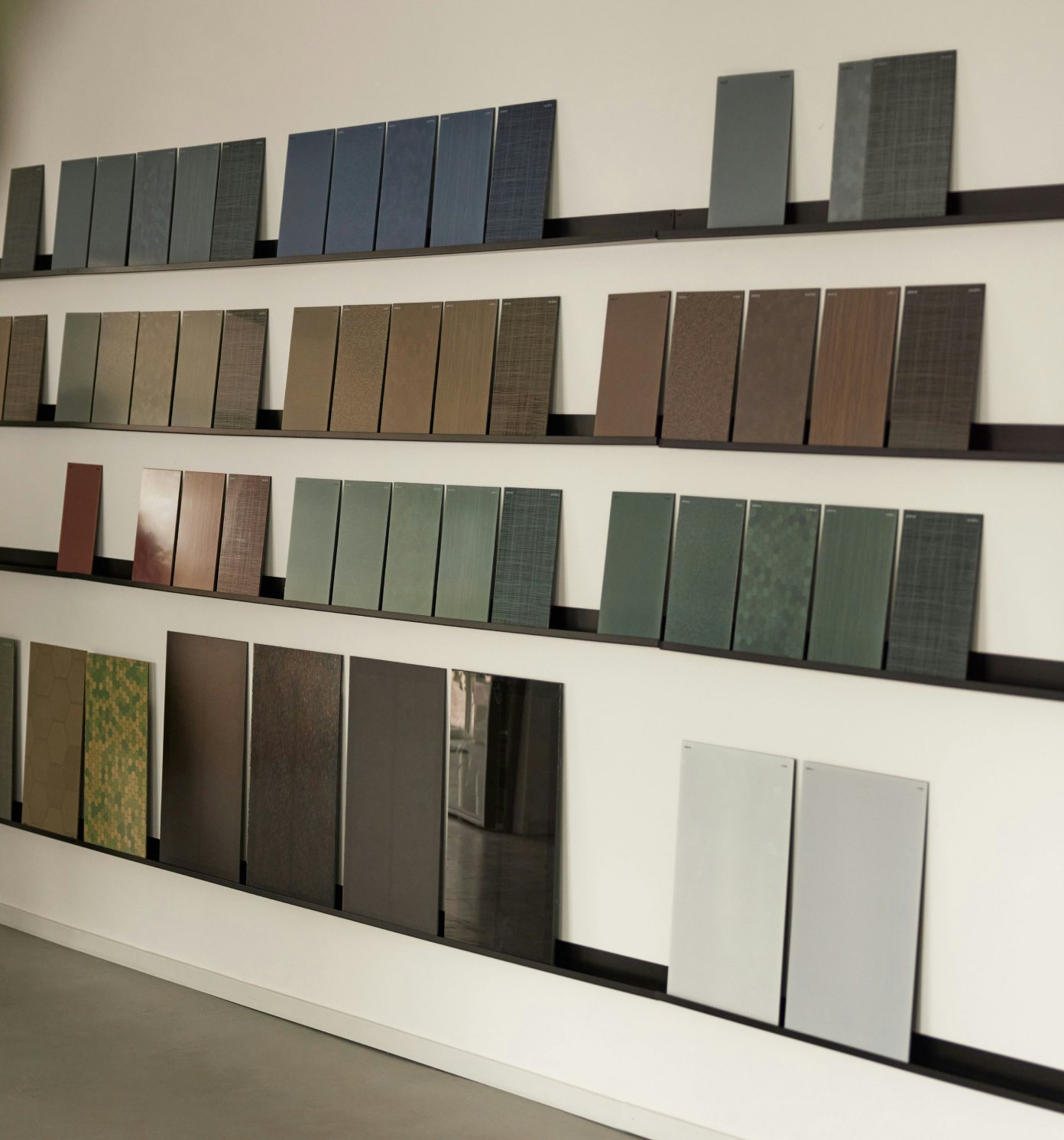
You have already come a long way. The product is on the market, and you have orders in the pipeline. What's next for Solarix, and what will it take to get there?
Our future looks bright. We have sown a lot of seeds these past years and now is the time to start reaping the benefits of those investments. We want to make as much impact as possible and be the market leader in the Netherlands, Europe and ultimately America. To achieve that we will start scaling up internationally from 2025.
To this end, our assembly must be further automated and that requires significant financial investment. First of all, we need turnover. There are a number of projects that have already been signed off, which gives us income security and allow us to keep growing and raise capital more easily.
In the meantime, our team is also very important, we have grown from 8 to 16 employees in the past year. We want to take good care of our people, for instance by providing vegetarian lunches and Qi gong sessions as well as team outings. And of course, we are also busy transforming our own building into an energy neutral space.
Our goal is to make solar panels on façades mainstream.
Finally, what is the most important message you want to share? With fellow entrepreneurs and designers, but also consumers?
Solarix is a mission-driven company, we stand up to make the world a better place. We also need a business model to make ends meet, but ultimately, we want to make as much positive impact as possible. Our goal is to make solar panels on façades mainstream. And we want to show that energy-generating façades are necessary and possible to combat climate change.
Instagram: @solarixsolar
More interviews
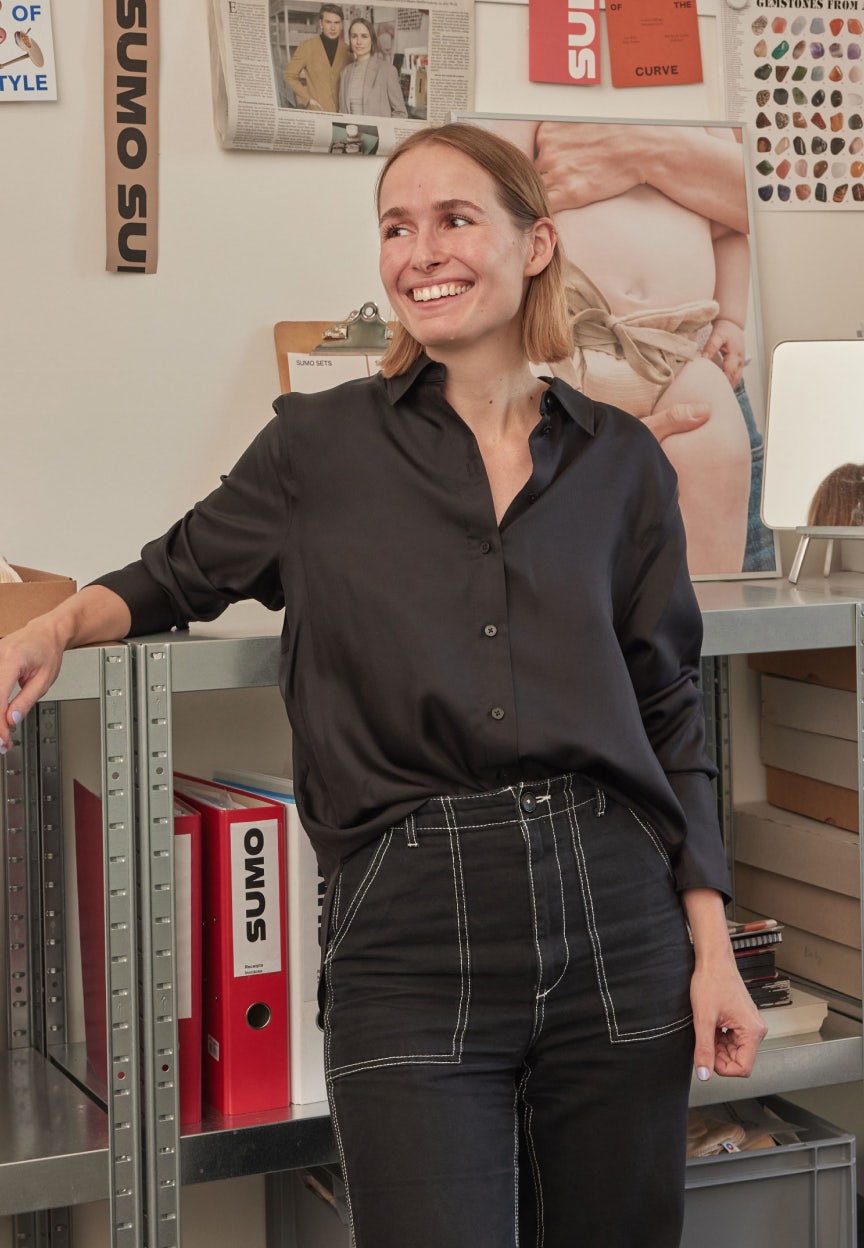
Secrid Talent Podium - Sumo Baby
Luisa Kahlfeldt markets a high-performance diaper that reduces a baby's diaper use from about 5,000 to 25 diapers.
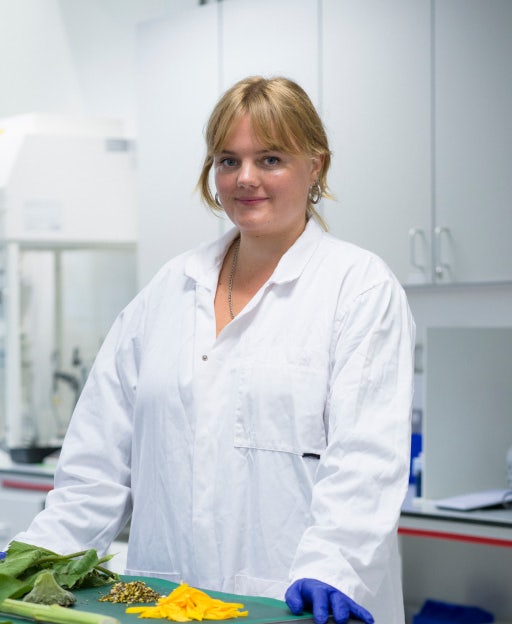
Secrid Talent Podium - ClimaFibre
Sunflowers can help to reduce our dependence and the environmental damage of cotton in the fashion industry.
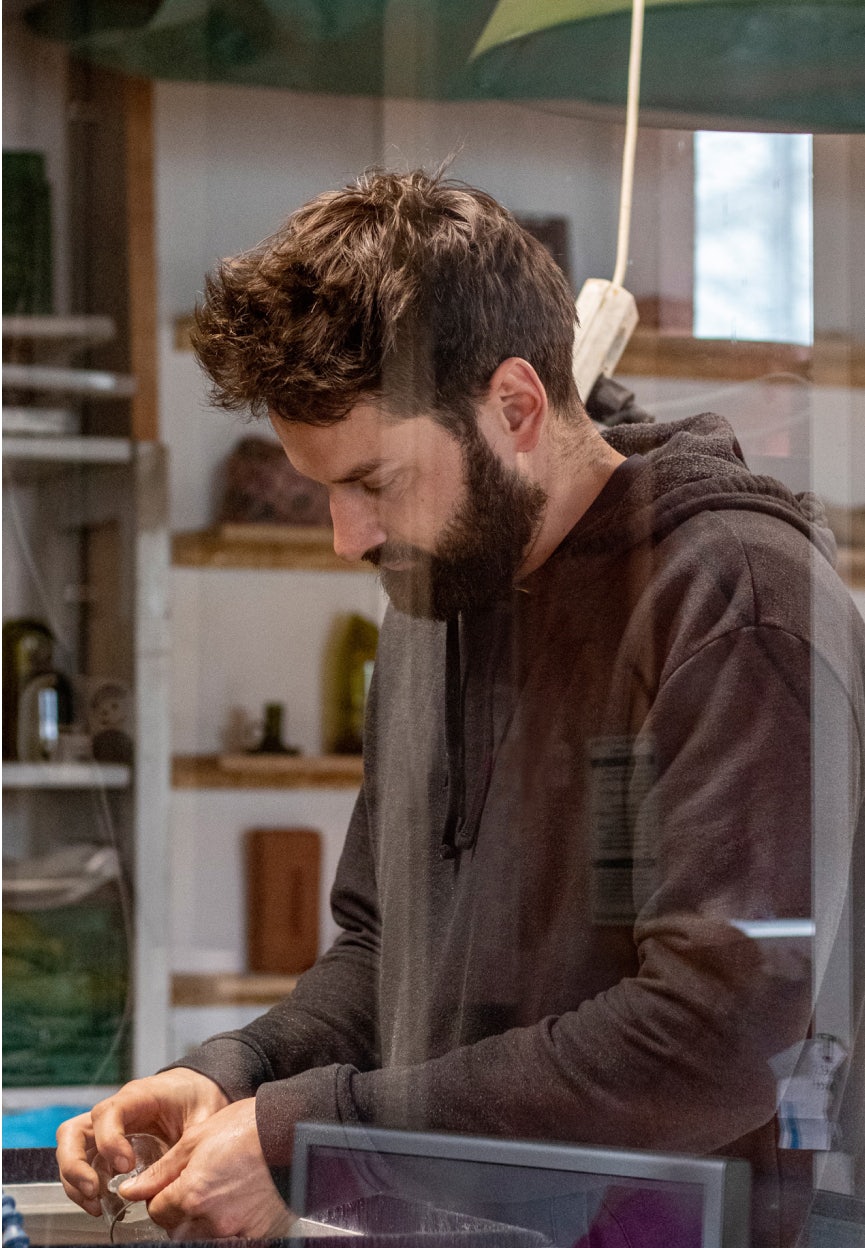
Secrid Talent Podium - Super Local
Luc van Hoeckel designs solutions for the 90% of the world's population without access to decent basic facilities.
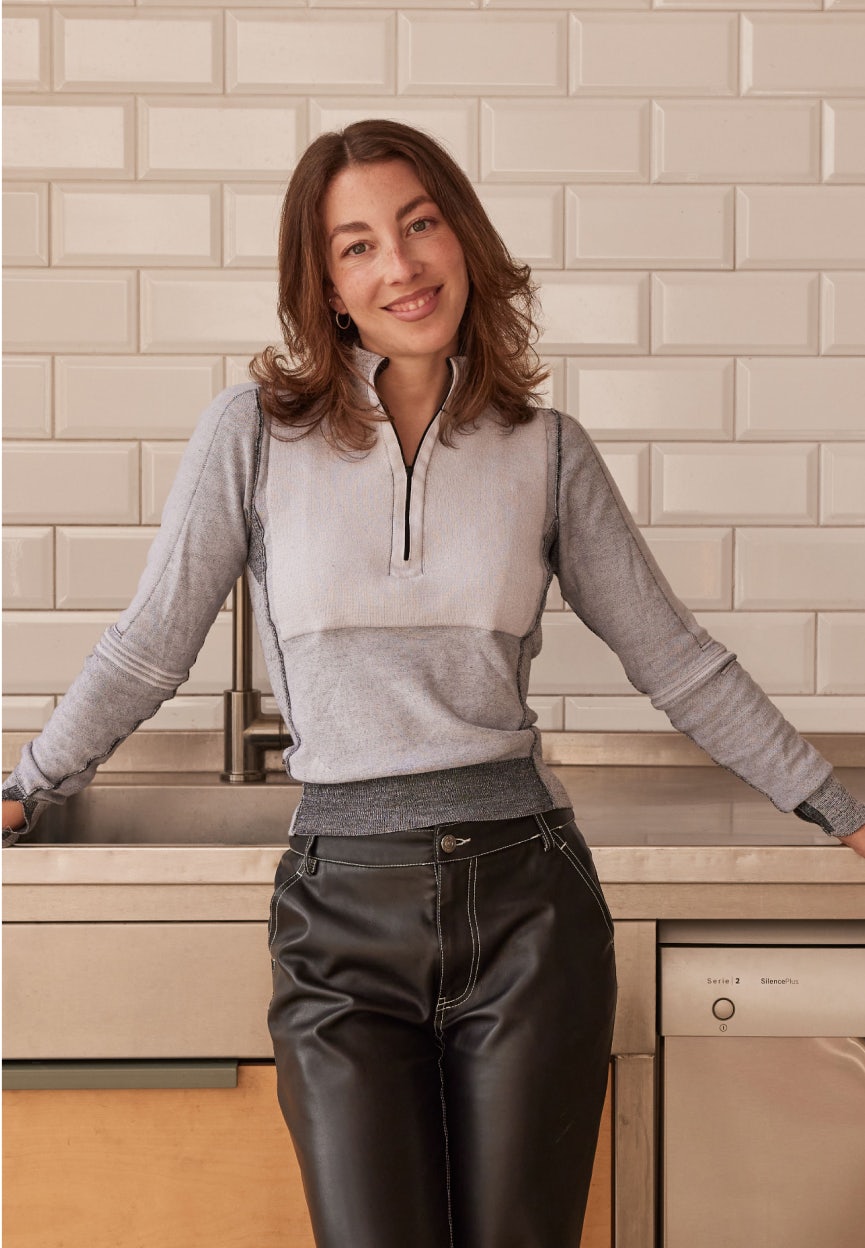
Secrid Talent Podium - Vorkoster
To combat food waste, Kimia Amir-Moazmi is working on a product that allows consumers to see for themselves whether food is still safe to eat.
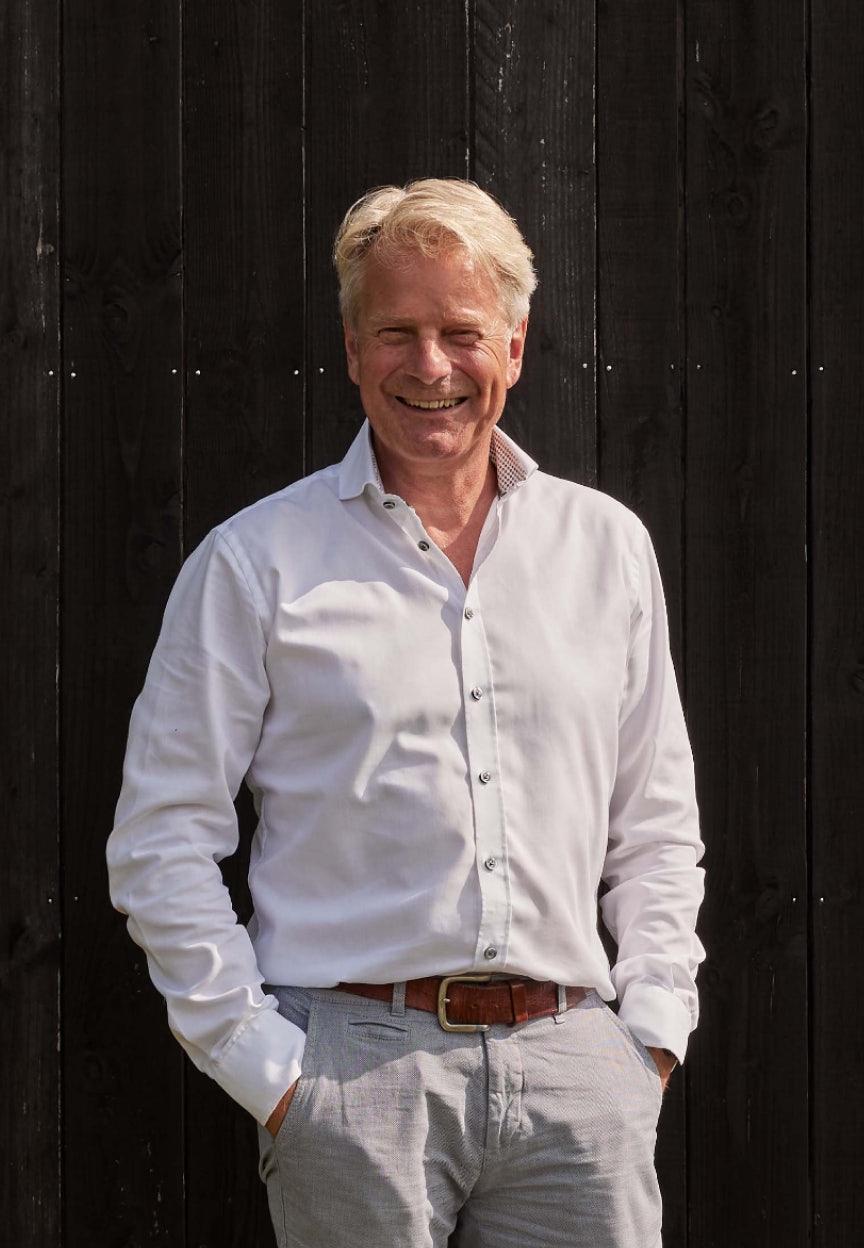
Secrid Talent Podium - Fungi Force
Entrepreneur Frans van Rooijen and scientist Dr. Michael Sailer are launching a varnish made from natural raw materials.
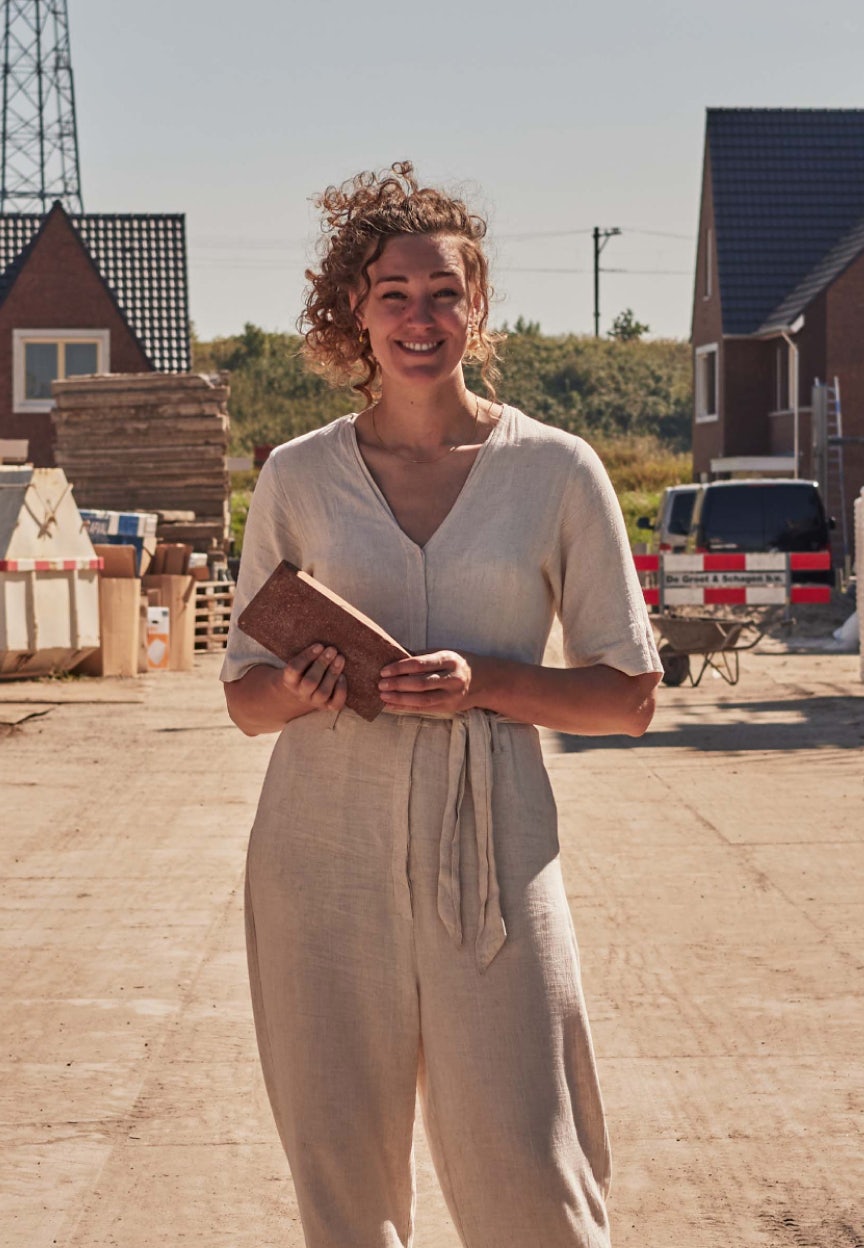
Secrid Talent Podium - Claybens
Emy Bensdorp is developing a technique to transform clay soil contaminated by PFAS into 100% clean bricks.
